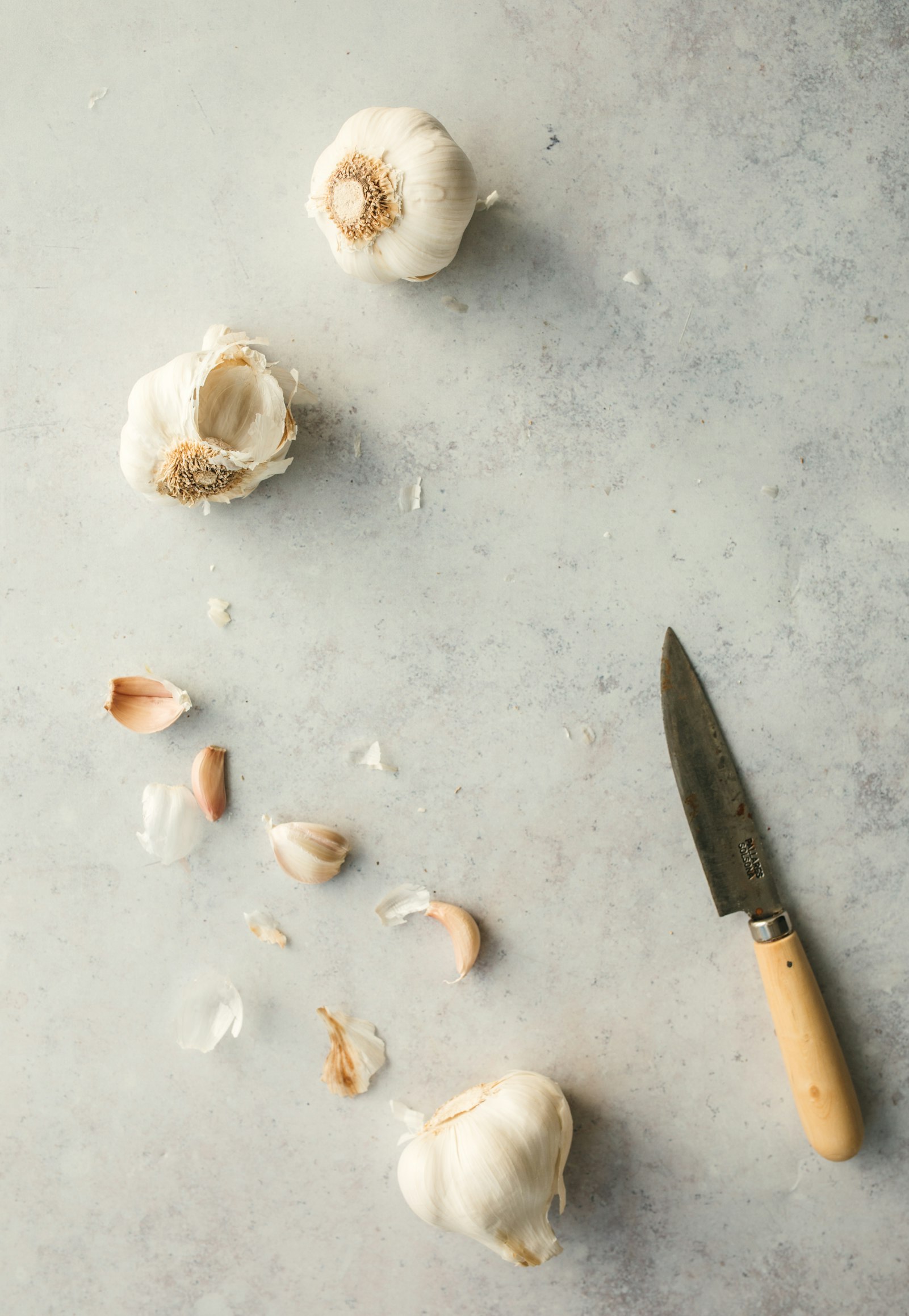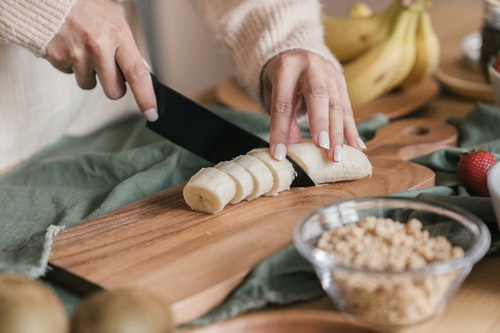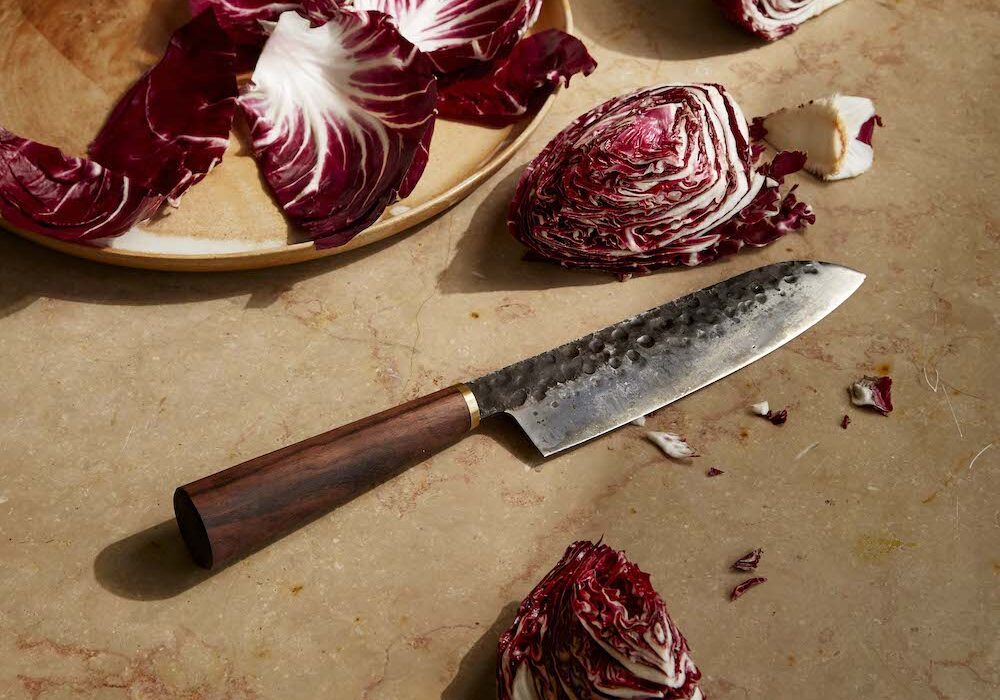Holding a Japanese knife properly is crucial for both safety and performance in the kitchen. Japanese knives are renowned for their refined craftsmanship, sharpness, and precision. Learning how to hold a Japanese knife can make a tremendous difference in your culinary experience.

The Importance of Proper Knife Handling
Understanding how to hold a Japanese knife properly ensures not only your safety but also enhances your cutting efficiency. Improper handling can lead to injuries and damage to your knife, reducing its lifespan.

Understanding Different Types of Japanese Knives
Gyuto (Chef’s Knife)
The Gyuto is a versatile knife perfect for slicing, chopping, and dicing various food items. It’s akin to the Western chef’s knife but often lighter and with a thinner blade.
Santoku
The Santoku knife is ideal for three tasks: slicing, dicing, and mincing. It’s built with a slight curvature that allows for a more precise cutting technique.
Deba
The Deba is a heavy-duty knife used mainly for filleting fish, but it’s also effective for cutting through poultry and meat bones.

The Anatomy of a Japanese Knife
Understanding the different parts of a Japanese knife can help you handle it better. The key parts include the blade, handle, edge, spine, and heel. Each component plays a vital role in the knife’s overall performance.

Steps to Holding a Japanese Knife
Gripping a Japanese knife correctly involves the following key steps:
The Pinch Grip
This is one of the most common grips among professional chefs. Pinch the blade between your thumb and forefinger, and wrap the remaining fingers around the handle. This provides optimal control and precision.
The Handle Grip
This grip is often used by beginners. Hold the handle firmly while ensuring your thumb is on one side and your fingers on the other. It offers more power but less control compared to the pinch grip.
Common Mistakes to Avoid
Avoid common mistakes such as gripping the knife too tightly, using the wrong part of the blade, or not maintaining the knife’s sharpness. Refer to our guide on sharpening a chef knife to keep your knife in peak condition.
Using a Cutting Board
Always use a suitable cutting board to prevent your knife from dulling quickly. Wooden or plastic boards are highly recommended.
Enhancing Your Knife Skills
Practice regularly to improve your knife skills. Use different ingredients and try various cutting techniques such as slicing, dicing, and chopping.
Maintaining Your Japanese Knife
Regular maintenance is vital for keeping your knife in top condition. Always wash and dry it by hand, and avoid putting it in the dishwasher. For more tips, here is an excellent resource on sharpening kitchen knives.
FAQs
1. How often should I sharpen my Japanese knife? It depends on usage, but generally, every 3-4 months.
2. Can I use a Japanese knife on meat bones? Only use a specialized knife like the Deba for this purpose.
3. How should I store my Japanese knife? Use a knife block, magnetic strip, or protective sheath to avoid damage.
For more details on choosing the right knife, check out our guide on the best Japanese knife brands.
As an Amazon Associate, I earn from qualifying purchases.


